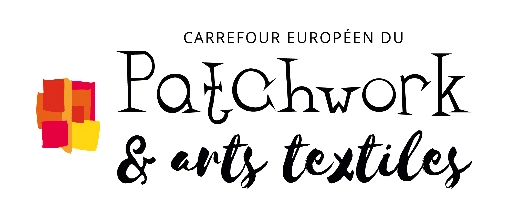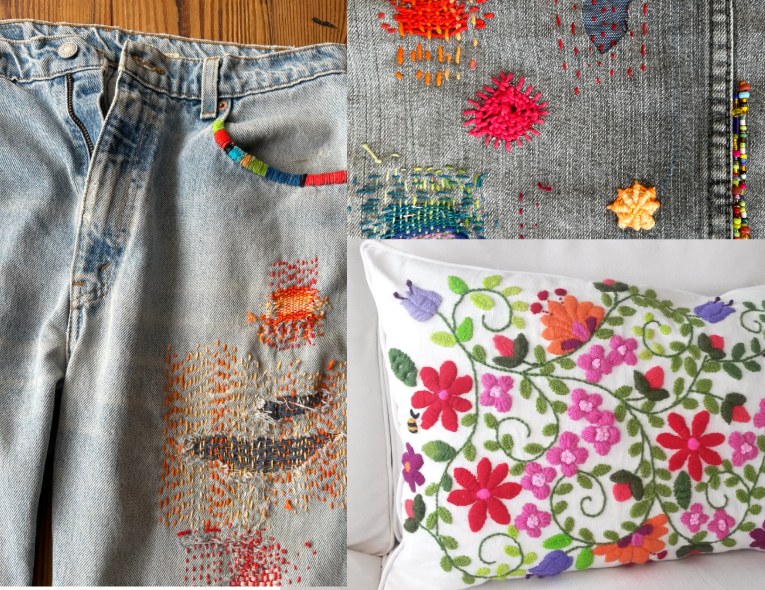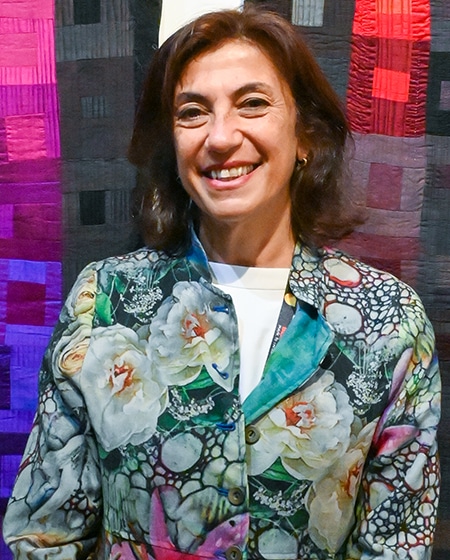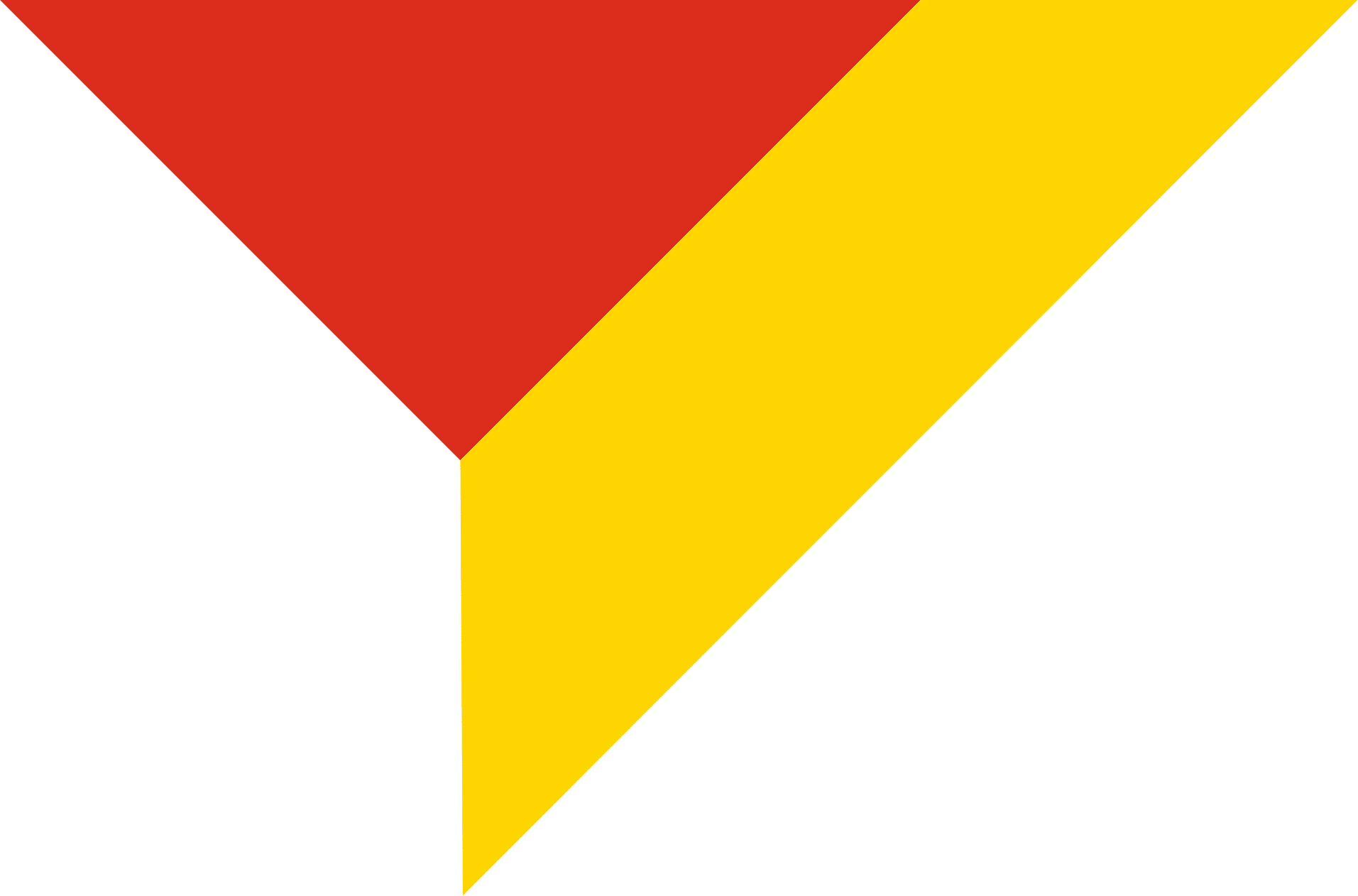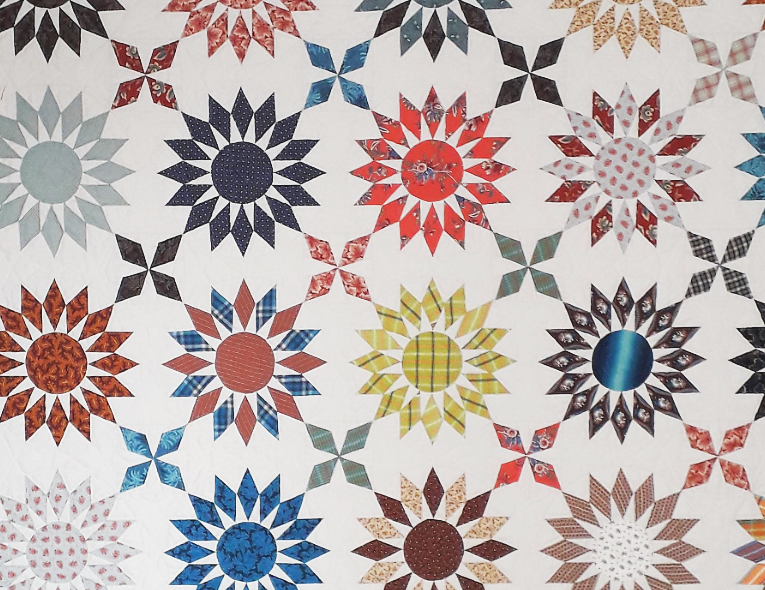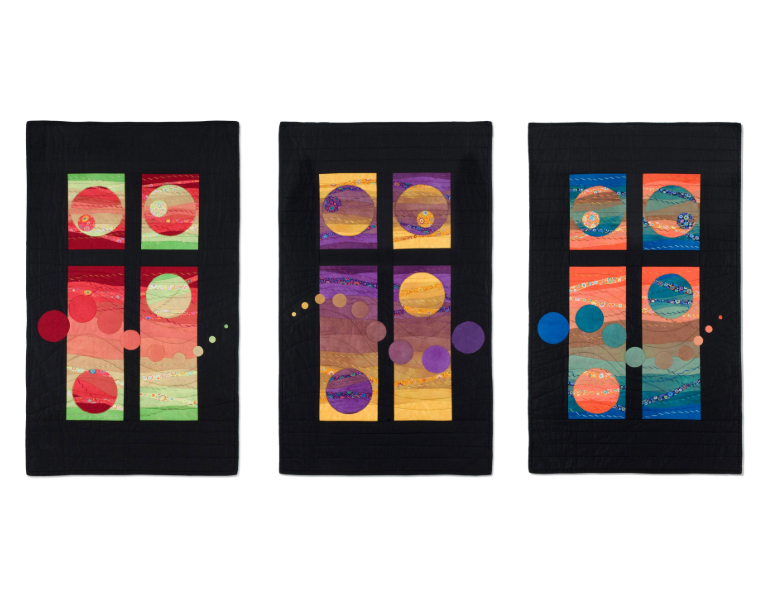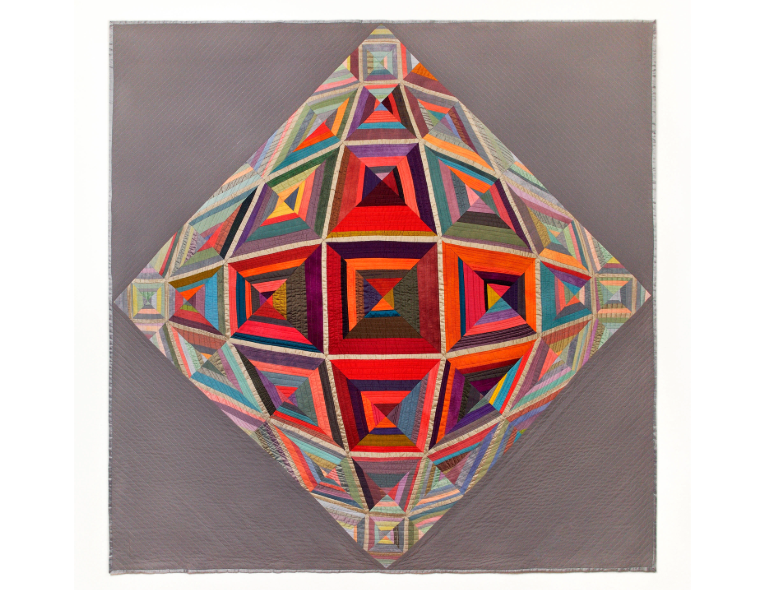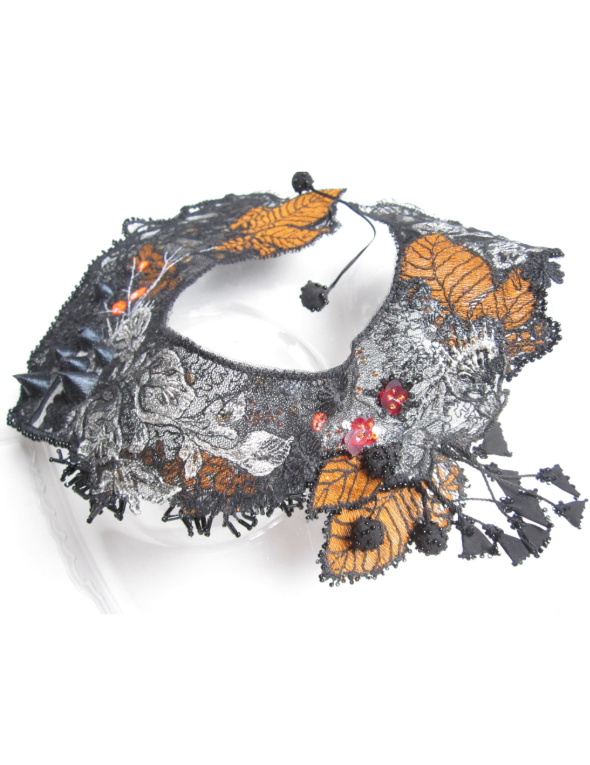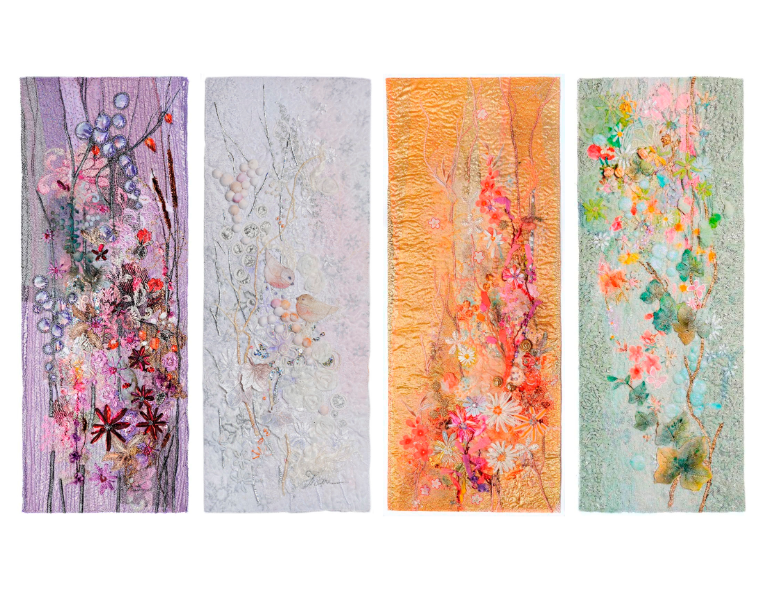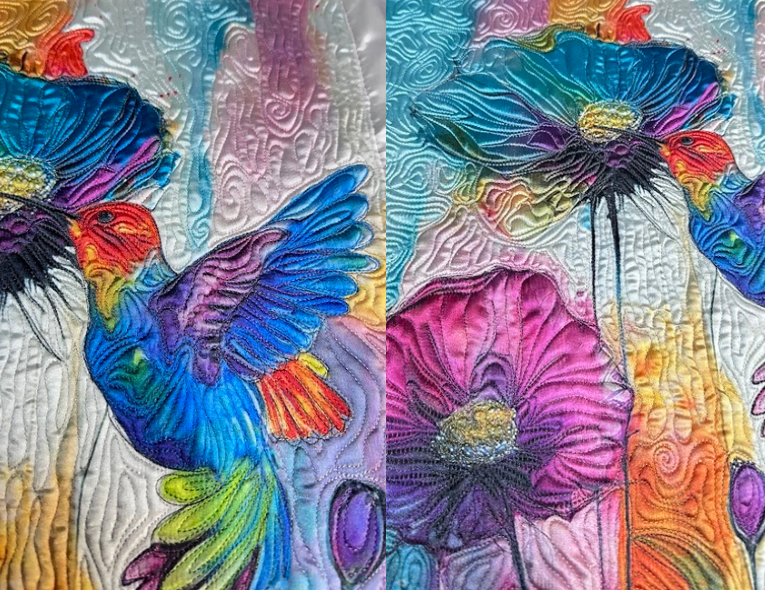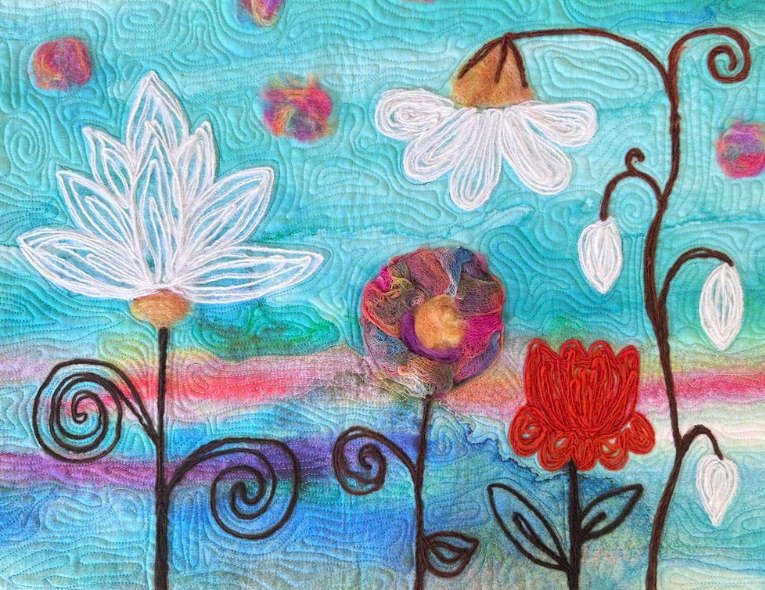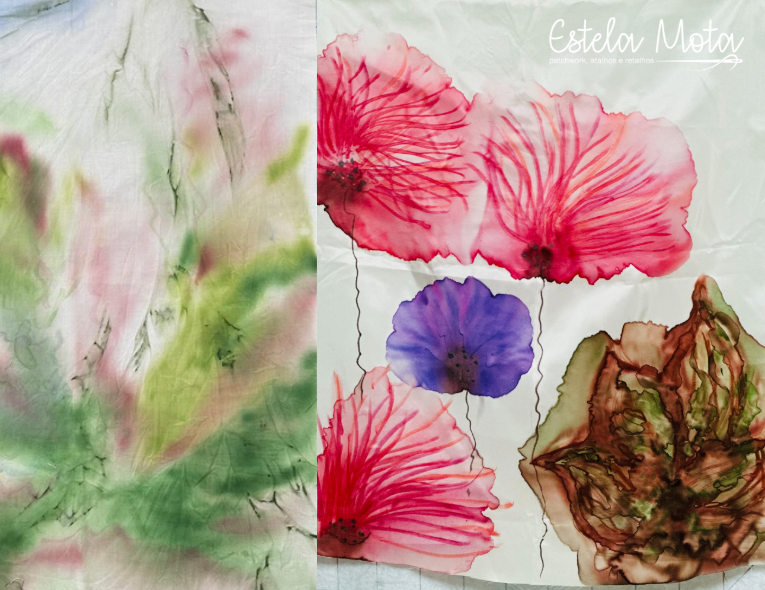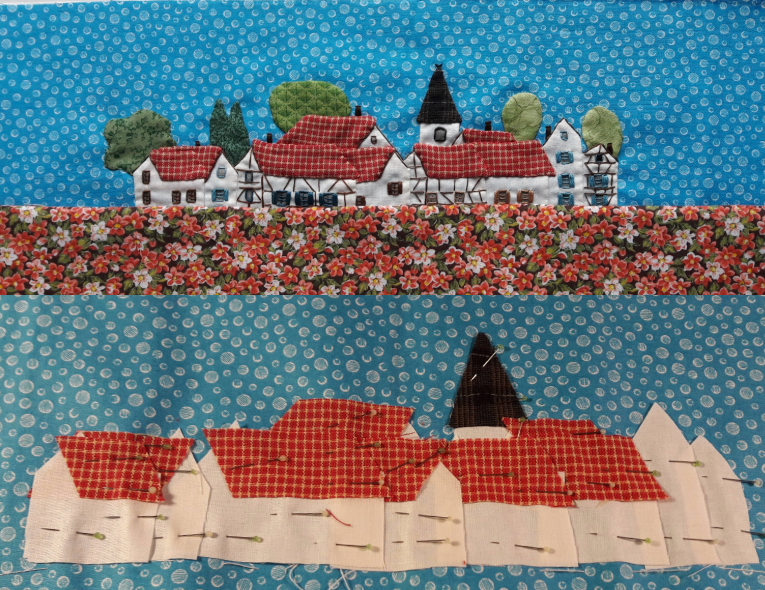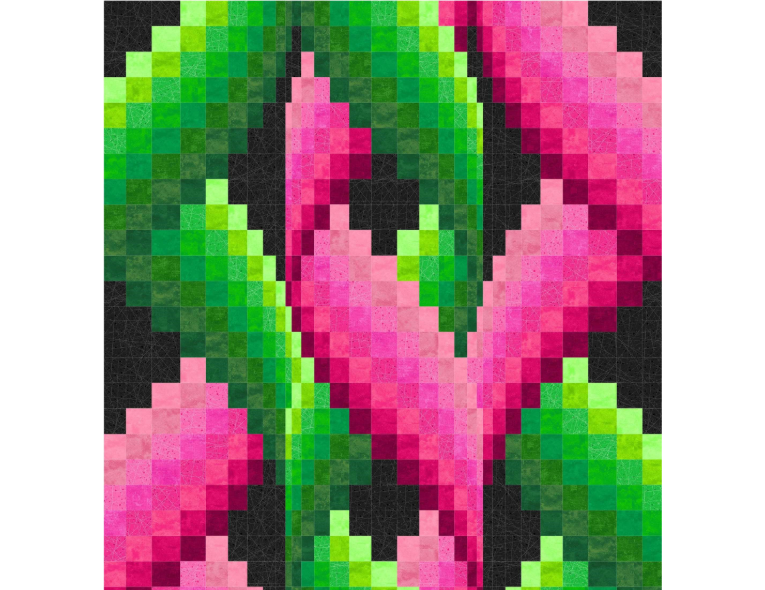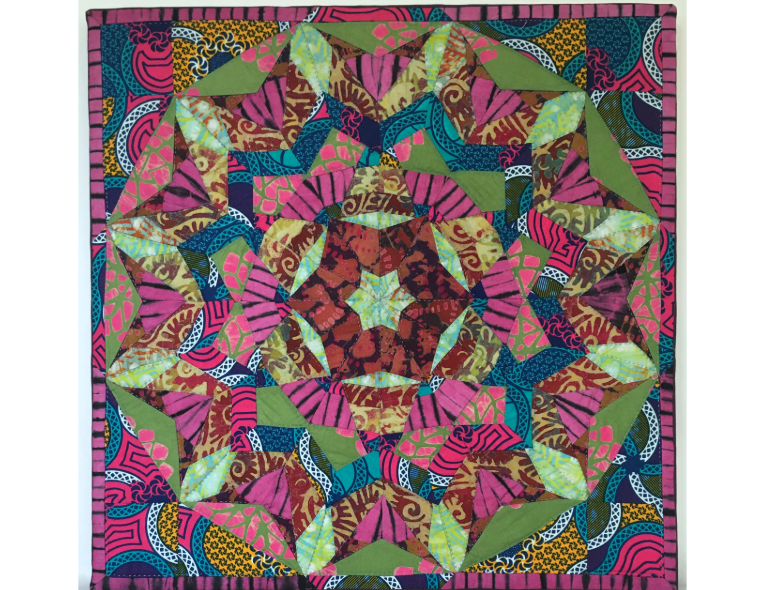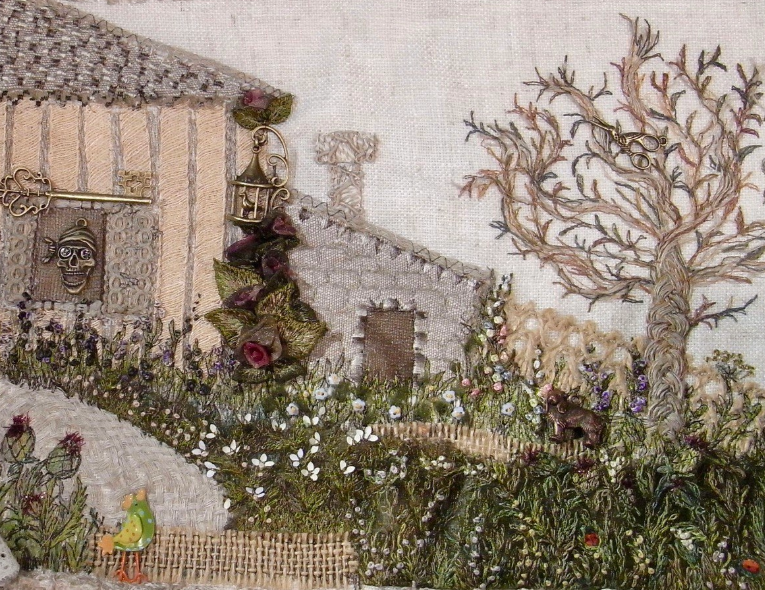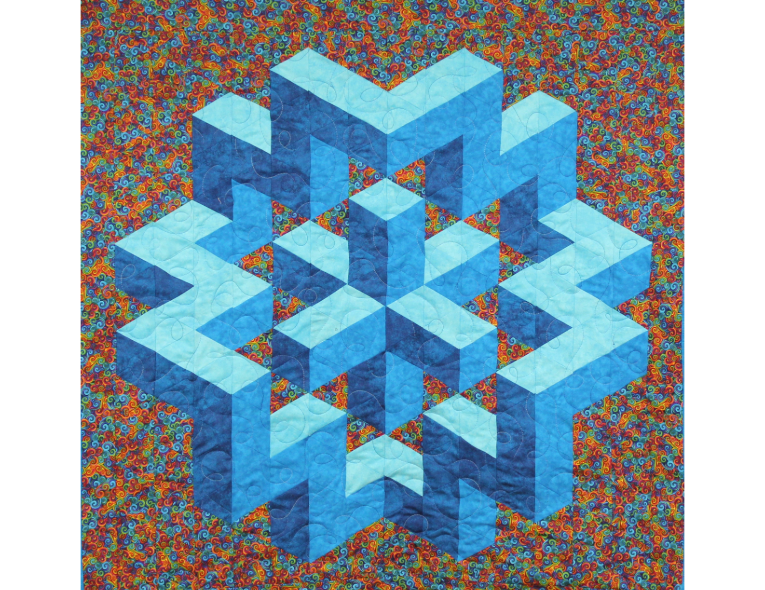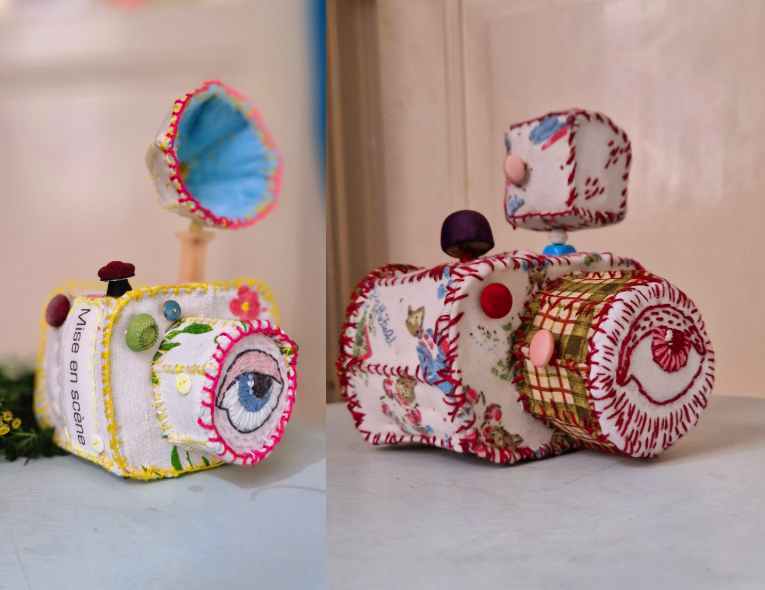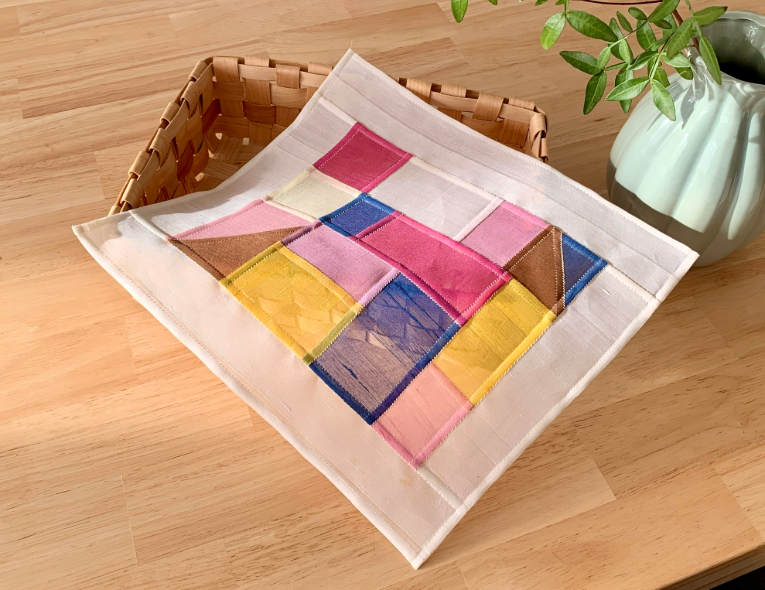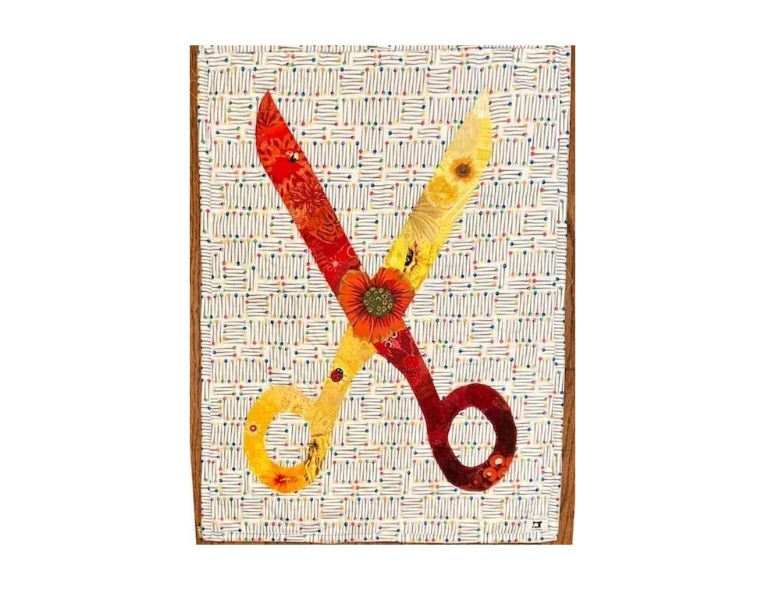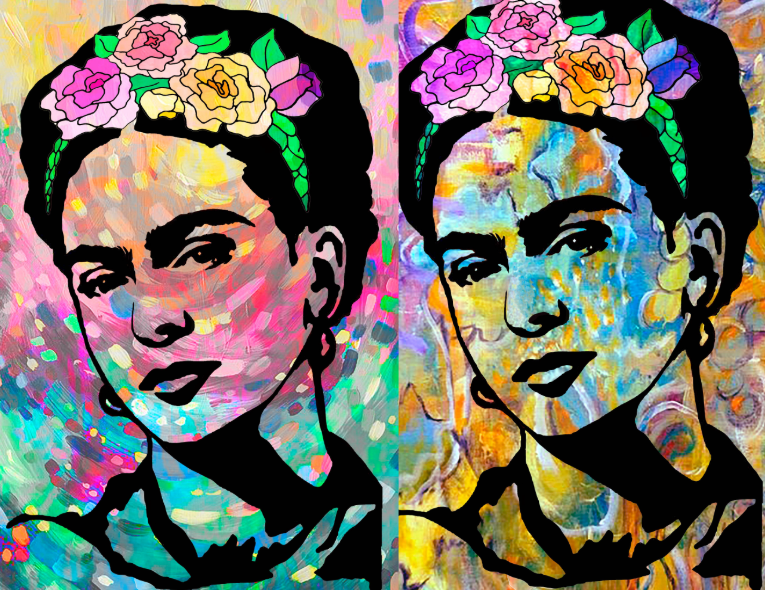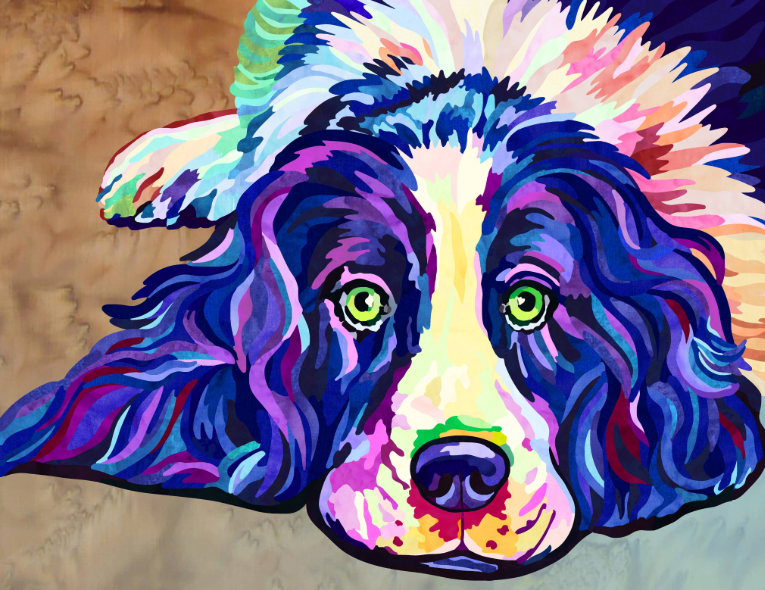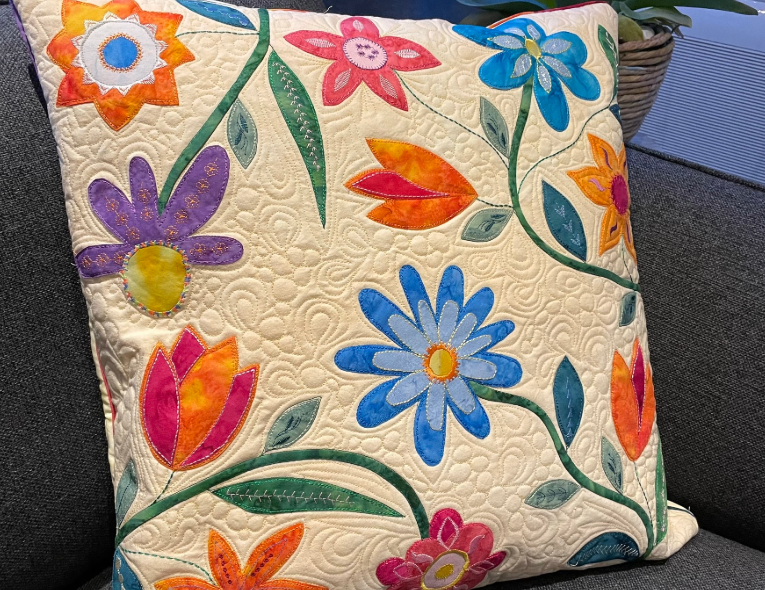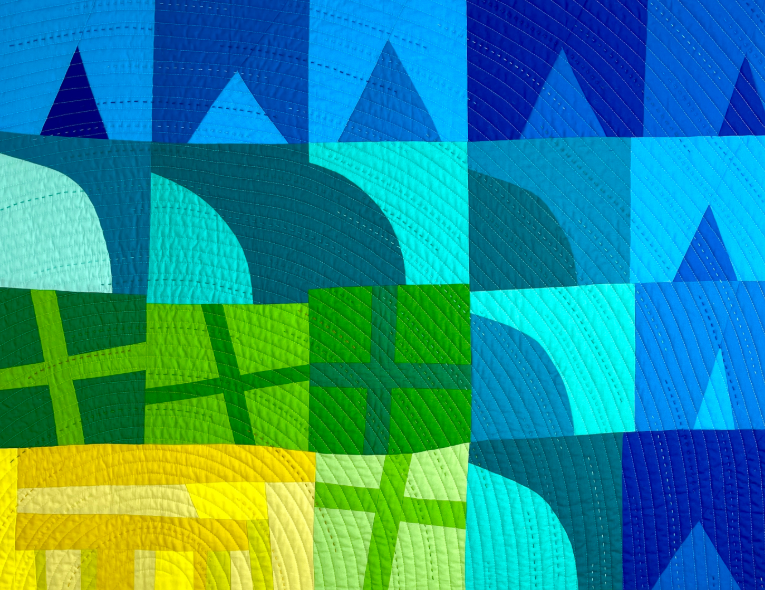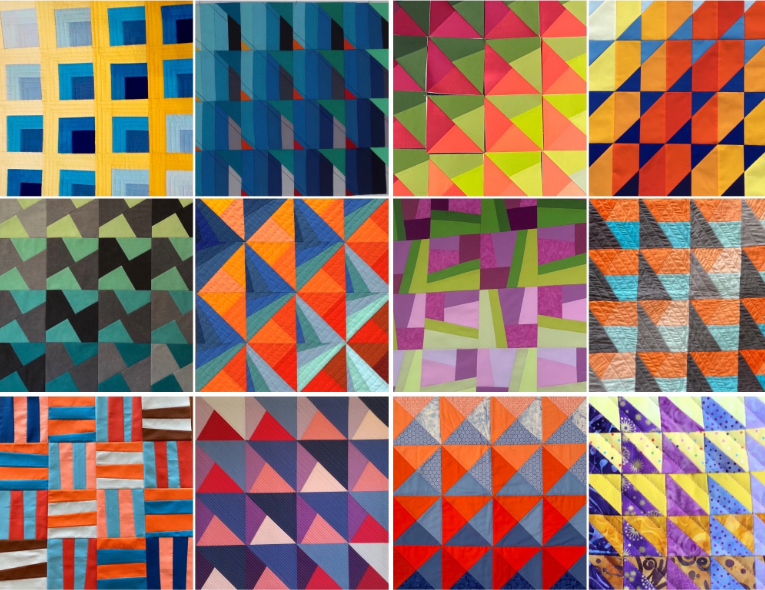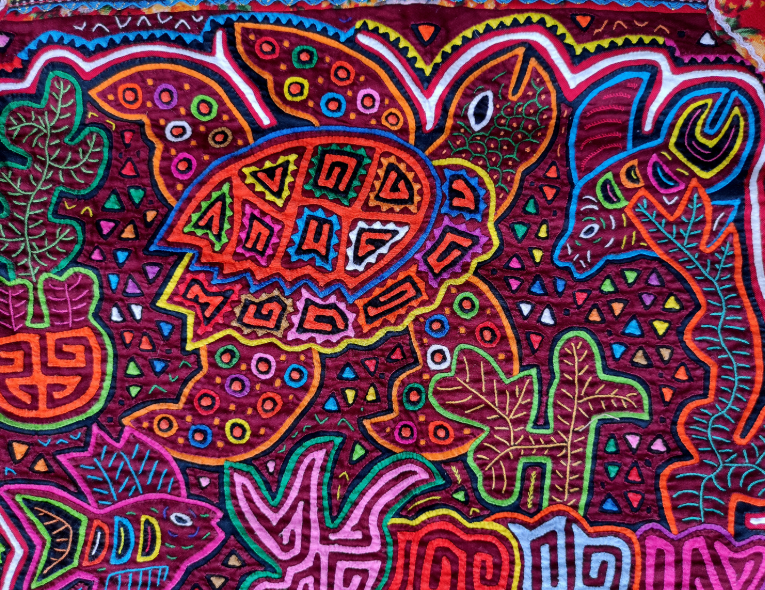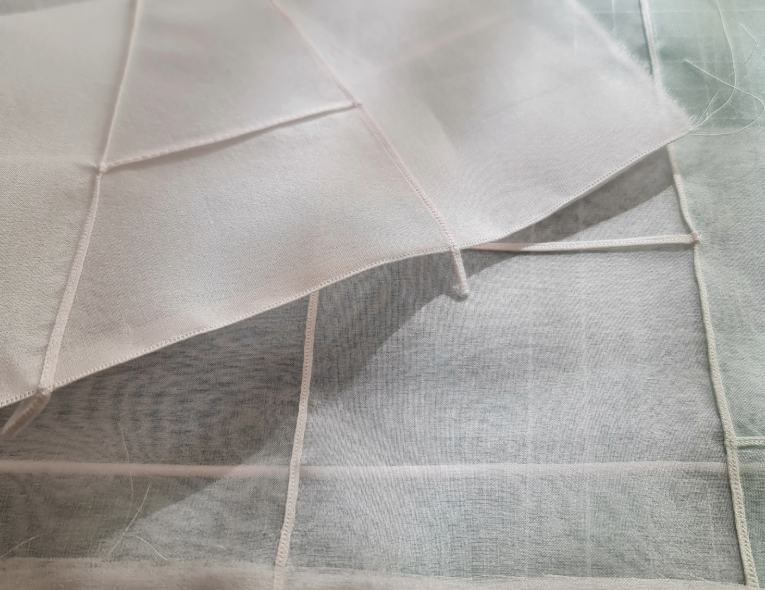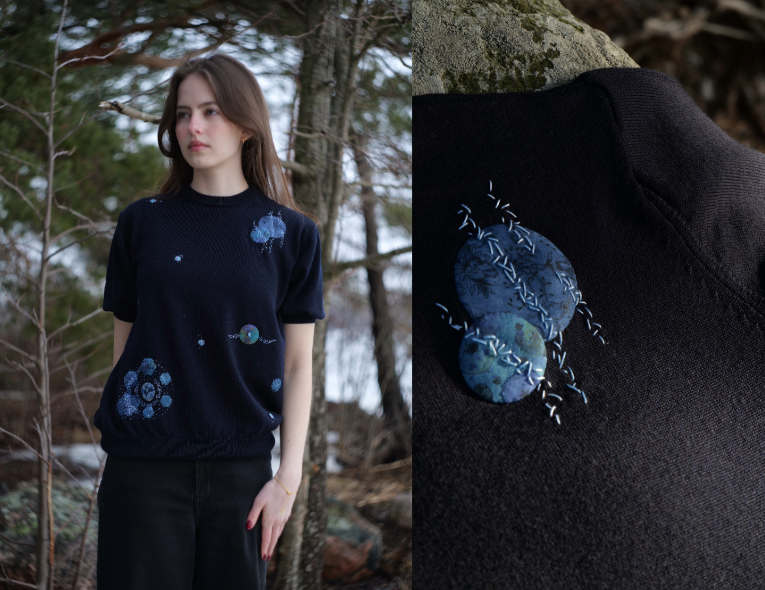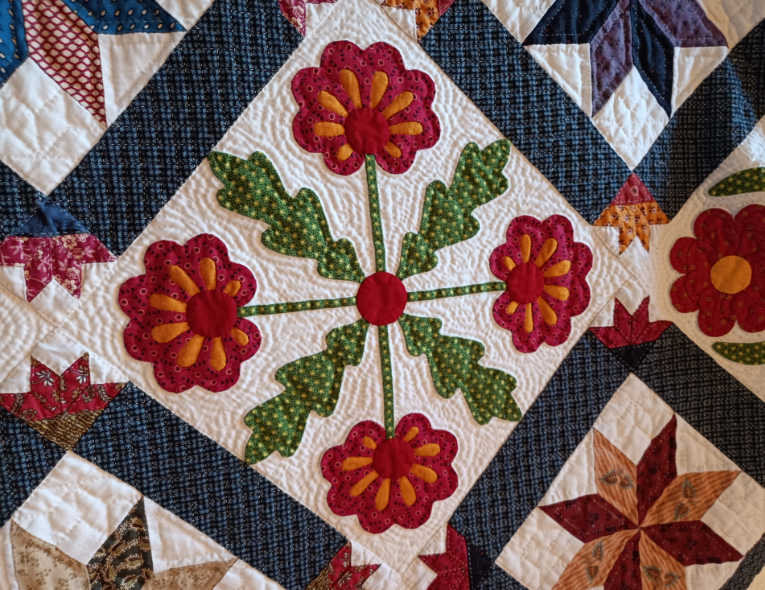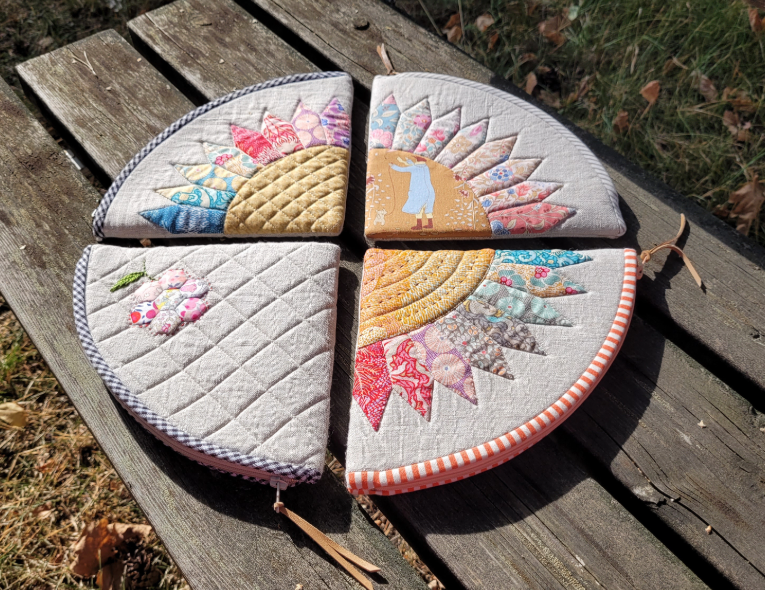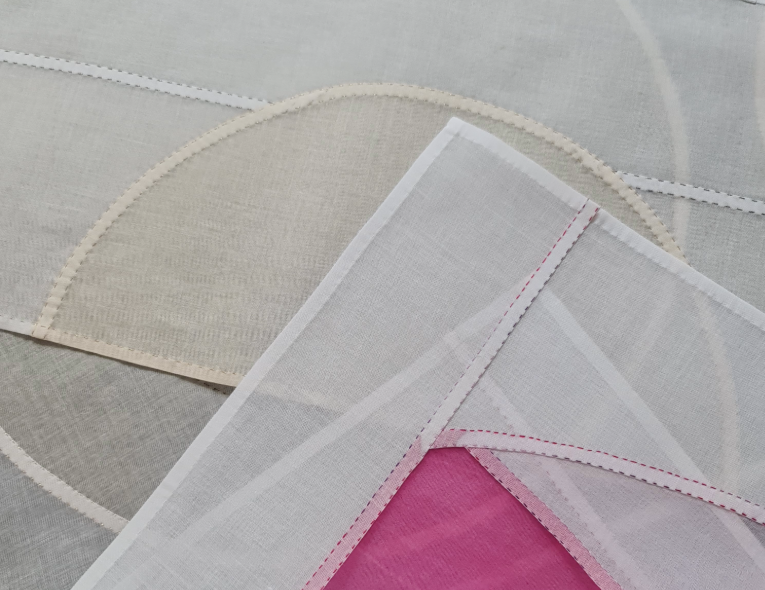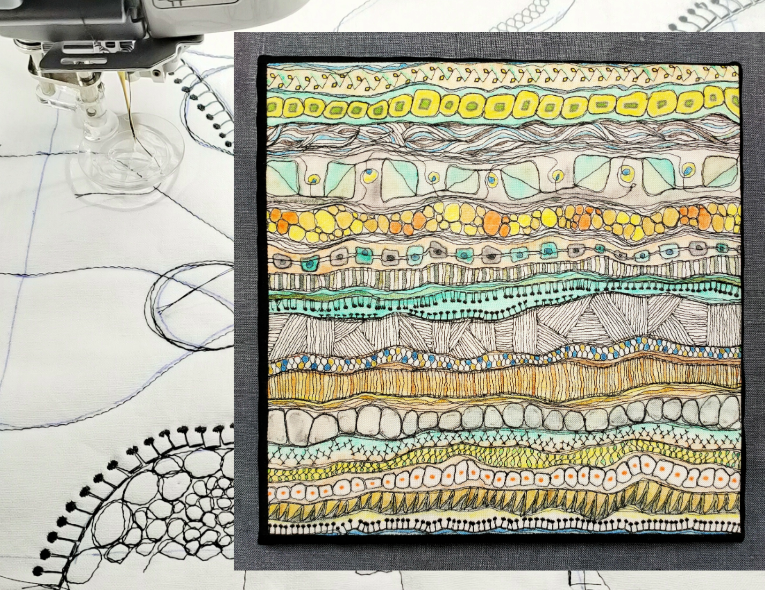If you like working with your hands, this is the course for you. We will divide the course into two parts:
1-MENDING OLD CLOTHES:
In today’s society, learning the art of visible mending goes beyond economic necessity. It’s an expression of our commitment to sustainability and a rejection of senseless consumerism.
During the first part of the course, we’ll make a sample with many different repairs, with yarn: using many different stitches and weaves, with yarn and fabric with many options, putting fabric over or under, with and without patchwork. I’ll show you many options that will encourage you to mend even fabrics that shouldn’t be mended!
2-BROIDING BEES AND FLOWERS with wool
During part 2 of the course, we’ll embroider various flowers, leaves and bees, while learning a variety of stitches such as chain stitch, hem stitch, back stitch, buillion knot, French knot, bridge knot and fly stitch.
Where: ancien lycée, 3 rue Osmont, 68160 Sainte-Marie-aux-Mines | Room 1
